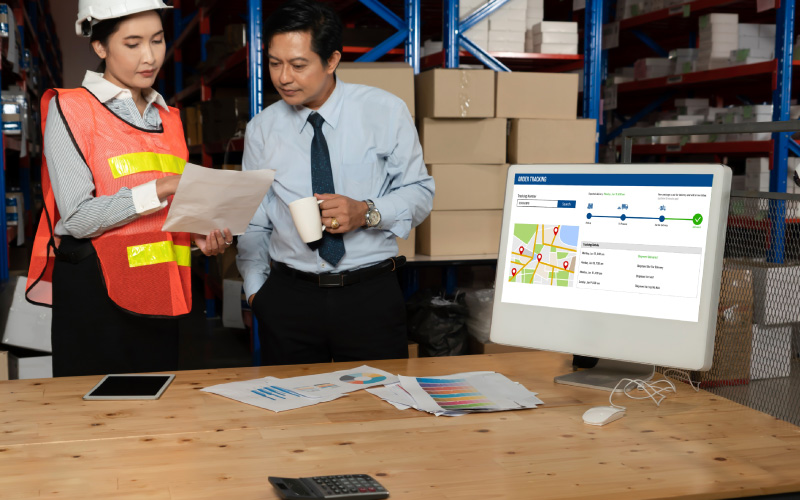Introduction to Predictive Analytics and Artificial Intelligence
In an era where data is the new oil, leveraging it to optimize logistics CX is no longer optional—it’s imperative. Predictive analytics, powered by Artificial Intelligence (AI), offers an unparalleled opportunity to enhance customer experience through data-driven insights. Predictive analytics examines historical data to forecast future outcomes, while AI simulates human intelligence, offering the capacity to learn and adapt over time. Together, they can catalyze a transformation in logistics CX that’s nothing short of revolutionary.
AI-Driven Predictive Analytics: Forecasting Demand, Managing Inventory, and Personalizing Experiences
In logistics, unpredictability is the enemy of efficiency. But what if you could anticipate demand before it occurs? AI-driven predictive analytics excels in forecasting demand by sifting through mountains of data to identify patterns. For example, an AI system can analyze past shipping volumes, seasonal trends, and market conditions to predict future demand with exceptional accuracy.
Moreover, AI-enabled predictive analytics can fine-tune inventory management. By predicting which items are likely to be in demand, businesses can stock their inventories more effectively, minimizing costs and maximizing revenue.
But that’s not all. AI-driven predictive analytics also enables the real-time personalization of customer experiences. Imagine a scenario where a customer is notified of a delay before it happens, and is offered an alternative product or route. This level of preemptive service could be the differentiating factor in customer loyalty.
4 Key CX Benefits of Predictive Analytics
1. Streamlined Communication
Predictive analytics can forecast potential disruptions, allowing for preemptive customer communication. This minimizes surprises and engenders trust.
2. Personalized Services
AI-driven analytics can predict customer preferences and behaviors, enabling businesses to offer tailored services, from delivery options to product recommendations.
3. Dynamic Pricing
Predictive models can facilitate dynamic pricing strategies based on demand, inventory levels, and competitor pricing, ultimately benefitting the customer with more cost-effective options.
4. Enhanced Issue Resolution
Predictive analytics can foresee potential issues and allocate resources more effectively for quicker resolution, elevating the overall customer experience.
Machine Learning Algorithms: The Mechanics
Machine learning, a subset of AI, offers a variety of algorithms that can be applied to improve logistics CX. For instance, reinforcement learning algorithms can be employed for optimal routing. These algorithms continually learn the best routes by considering various factors like traffic, weather, and delivery windows.
Natural Language Processing (NLP), another machine learning technique, can handle customer interactions in a more human-like manner. Chatbots driven by NLP can interpret and respond to customer queries, manage complaints, and even handle complicated tasks like negotiating delivery times.
Ethical Considerations: Addressing Biases and Data Privacy
While AI offers significant advantages, ethical concerns around biases and data privacy cannot be swept under the rug. Algorithmic biases can inadvertently discriminate against certain groups, affecting the equality of service. Continual auditing of AI algorithms for ethical compliance is critical.
Data privacy is another key concern. Regulations such as the General Data Protection Regulation (GDPR) in the EU place strict guidelines on data handling. It’s essential to use AI systems that are compliant with these and other regional laws to ensure the ethical handling of customer data.
Conclusion
In the rapidly changing, highly competitive world of logistics, success is built on removing friction for both your internal team and your customers. By using predictive analytics for logistics, you’ll be able to deliver better outcomes throughout your operations and CX, in turn unlocking revenue growth. Get in touch with us today to see how we can help you improve your revenue. Not ready to start a conversation yet? We’ve put together a guide to how you can start growing your revenue now.



